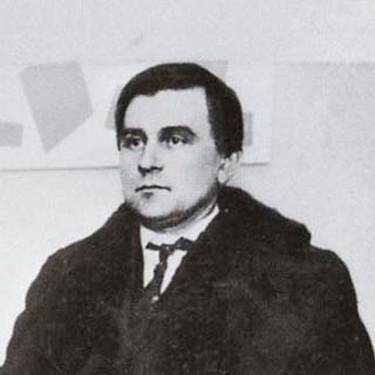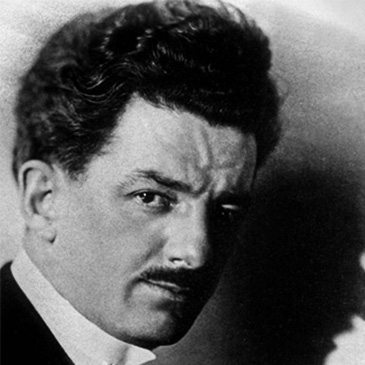The Advanced Guide to famous abstract paintings
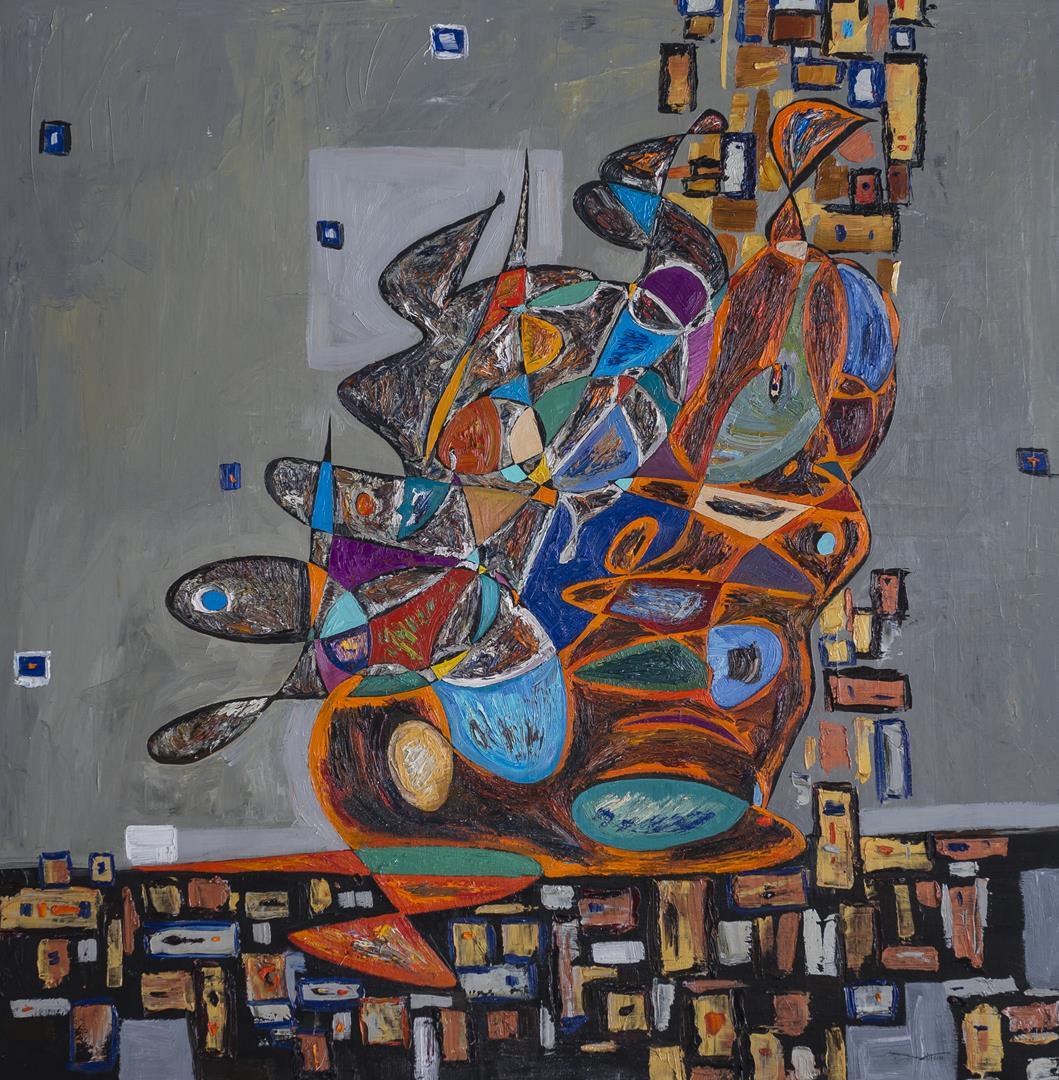
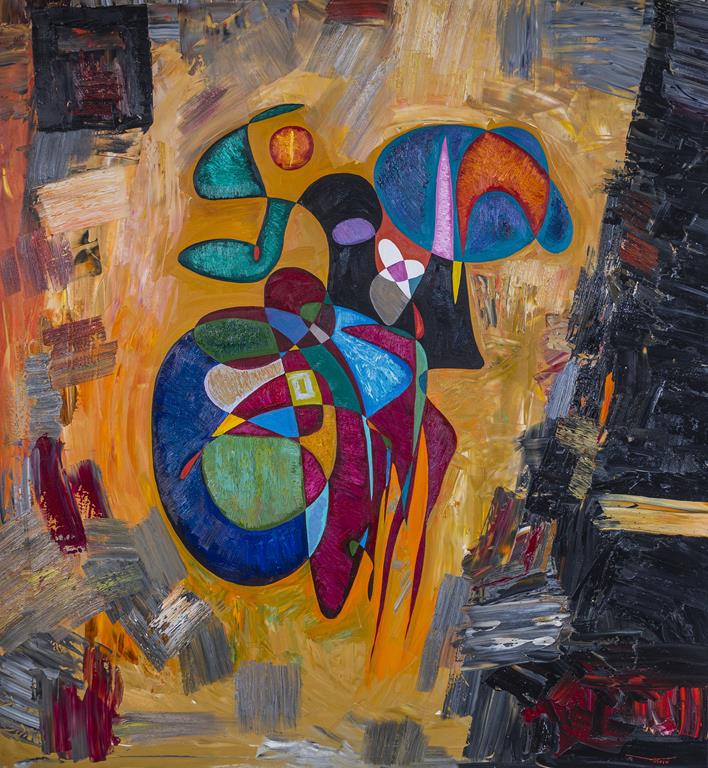
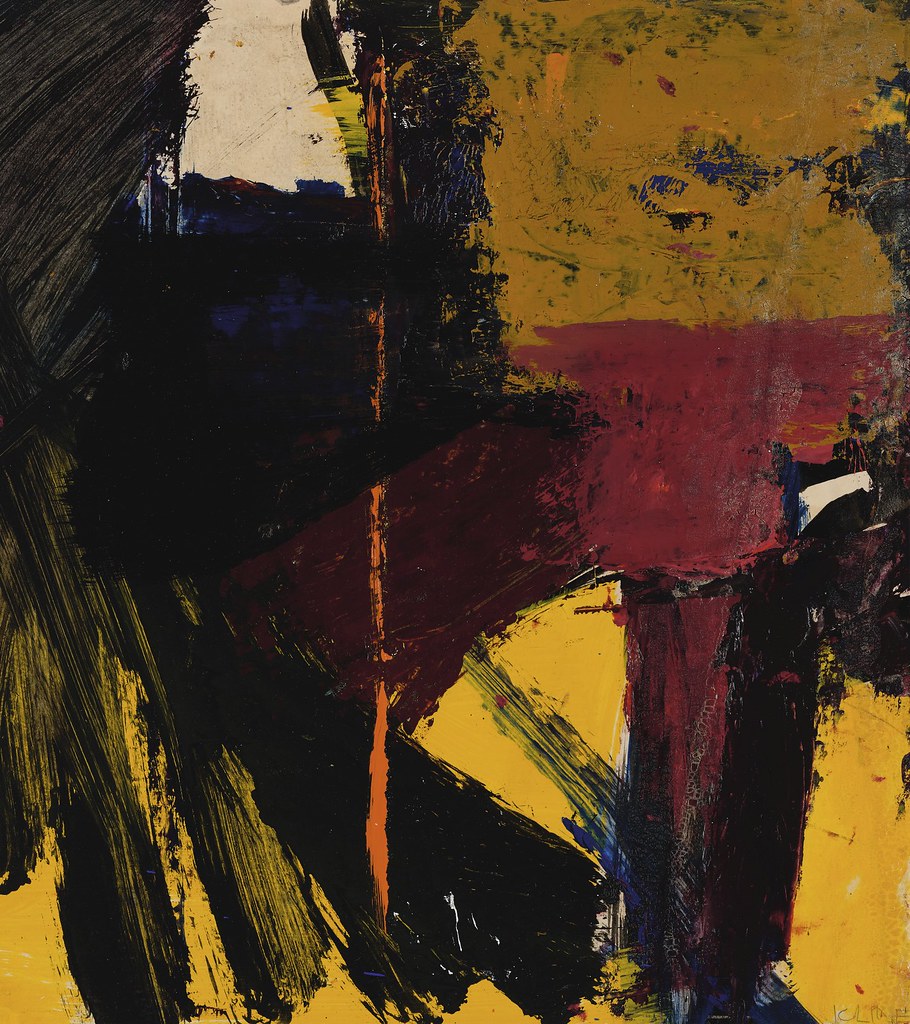
We depend on visionaries to open up hidden doors, so we might glimpse parts of the world, and parts of ourselves, that may otherwise remain hidden. Vision is the specialty of abstract artists, and over the past 100+ years, many famous abstract paintings have succeeded in enlarging humanity’s view. The visionaries who created those images not only endowed us, the viewers, with the gift of new things to see; they offered us entirely new ways of seeing.
Featured Artworks
Cut-Up Canvas I.9
Ulla Pedersen
60 x 60 cm PAINTING
£1,600
Convey
Xanda McCagg
91.5 x 91.5 cm PAINTING
£4,500
Dance Pieces #7 (White Josephine)
Macha Poynder
130 x 114 cm PAINTING
£7,200
Tromba 2
Elizabeth Gourlay
40.6 x 38.1 cm PRINTS
£1,500
P19-0616
Stephen Maine
76 x 61 cm PAINTING
£3,750
sbc 203
Susan Cantrick
114 x 146 cm PAINTING
£5,550
Untitled (258.11)
Tilman
65 x 50 cm DRAWING
£1,300
Test Pattern 2 (Grey Study)
Tom McGlynn
55.8 x 83.8 cm PAINTING
£1,250
Cut-Up Canvas I.9
Ulla Pedersen
60 x 60 cm PAINTING
£1,600
Convey
Xanda McCagg
91.5 x 91.5 cm PAINTING
£4,500
Dance Pieces #7 (White Josephine)
Macha Poynder
130 x 114 cm PAINTING
£7,200
Tromba 2
Elizabeth Gourlay
40.6 x 38.1 cm PRINTS
£1,500
P19-0616
Stephen Maine
76 x 61 cm PAINTING
£3,750
sbc 203
Susan Cantrick
114 x 146 cm PAINTING
£5,550
Famous Abstract Paintings: 1910s – 1920s
Admittedly, some of our selections in this article may prove controversial, since every abstract art lover has different tastes. But most would probably agree with our first selection of abstract paintings that changed the way we perceive art. Wassily Kandinsky’s Untitled (First Abstract Watercolor) was painted in 1910, and is considered by art historians to be the first purely abstract painting. The bold portrayal of vibrantly colored spots, smears and lines foregoes all visual reference to objective reality. This painting freed artists from the bondage of subject matter, and invited viewers to engage in an entirely new way with the concept of what an image can be.
Wassily Kandinsky - Untitled (First Abstract Watercolor), 1910, Watercolor and Indian ink and pencil on paper, 19.5 × 25.5 in, Paris, Centre Georges Pompidou
Eleven years later in 1921, Piet Mondrian painted his iconic Tableau I. After a period of time experimenting with his emerging new voice, Tableau I solidified what would become Mondrian’s defining style. The hard black lines and compartmentalized color fields offered viewers a glimpse of purified geometry and mathematical precision. The clean lines and precision of the work made no reference to anything other than form, color and line. The work ushered in a style that would influence generations of painters, sculptors, architects and designers, and continues to guide creative thinkers today.
the art of piet mondrian and jackson pollock cubism
Piet Mondrian - Tableau I, 1921, Oil on canvas, 96.5 cm x 60.5 cm, Museum Ludwig, Cologne, Germany
In 1925, Joan Miró dissolved the barriers between Abstraction and Surrealism with his painting La mancha roja (The red spot). Miró did not consider himself to be an abstractionist. He said that he came home to his tiny home, hungry and exhausted, and painted the images he saw in his head. La mancha roja (The red spot) straddles the thin line between anthropomorphic figuration, dreamlike totems and pure abstraction. Something childlike, yet horrible, lurks within the image. With this body of work, Miró flung open the door to the hidden iconography of our nightmares and dreams.
Joan Miro - La mancha roja (The red spot), 1925, Oil and pastel on canvas, 146 x 114 cm, © Joan Miro Foundation, Barcelona
Famous Abstract Paintings: 1930s – 1940s
As the Western world descended into depression, famine and war for the second time in the 20th Century, abstraction was firmly established as a major force in the art world. A fantastic range of methods were being employed by artists working in the style, each contributing to the growing efforts to connect with something pure, something true and something free within the human spirit. In Great Britain, the painter Ben Nicholson expanded his abstract work into a body of what he called white relief paintings. One of his seminal early works, 1935 (white relief), broke new visual ground, establishing Nicholson as one of the most important voices of English Abstraction. Nicholson was a friend of, and influenced by, the painter Piet Mondrian. The white relief works expanded on Mondrian’s use of hard-edged lines and geometric space, introducing dimensional layering and a monochromatic palette. Nicholson’s first white relief paintings were created in 1933, and by the time 1935 (white relief) was created, he had solidified a style that combined elements of abstraction, constructivism, concrete art, and which suggests the early seeds of Minimalism and Post-Painterly Abstraction.
the artist of expressionism and geometric art of 20th century Robert Motherwell
Ben Nicholson famous abstract oil paintings -1935 (white relief), 1935 - Oil on carved board, 54.00 x 64.30 cm, Monsoon Art Collection, London
On the other end of the spectrum during the 1930s and 1940s were the Abstract Expressionists, also known as the New York School. Thoroughly rejecting the rational geography and spatial reduction of artists like Mondrian and Nicholson, the Ab Ex-ers sought to connect with primal emotion in their work. No Abstract Expressionist was as influential and successful at embodying the style than Jackson Pollock.
A notorious alcoholic and neurotic, Pollock was inspired by psychoanalyses to reach deep within his subconscious for inspiration. His work drew on physicality and unconscious totem images to create fierce portrayals of modern, post-war anxiety. One of Pollock’s first drip paintings, Full Fathom Five, painted in 1947, forever changed abstract art. This work is an amalgam of his earlier brush style and his visionary drip technique. It includes coins, cigarette butts and other random bits from his studio, projecting a level of texture and depth entirely new to Abstraction. Full Fathom Five ushered in a turning point in Pollock’s career, and forever changed our relationship to the canvas.
the art of the 20th century artist kandinsky and jackson pollock
Jackson Pollock - Full Fathom Five, 1947 - Oil on canvas with nails, tacks, buttons, key, coins, cigarettes, matches, etc. 50 7/8 x 30 1/8 in, © 2017 Pollock-Krasner Foundation / Artists Rights Society (ARS), New York
Famous Abstract Paintings: 1950s
By the 1950s, the Abstract Expressionists had firmly taken over the imagination of the art world. Everywhere, artists were striving to connect with the primeval self, the unconscious mind, and the hidden imagery of the subconscious. In the midst of this fervor emerged a trend toward calmness, born partially from a growing interest among many artists in Eastern philosophies like Taoism and Zen Buddhism. One of the most profound movements to grow out of this time was an Abstract painting style known as Color Field Painting.
The objective of Color Field Painting, as it has come to be generally understood, was to explore color independently from subject matter, form, line, and the other constraints of image making. A meditative quality was sought by the painters, and if successful was subsequently transferred from the work to its viewers.
The Abstract painter Helen Frankenthaler was one of the most profound voices of the Color Field movement. With her painting Mountains and Sea, painted in 1952, Frankenthaler introduced the world to a new technique of painting she had invented called the “soak-stain process.” In this process, Frankenthaler used turpentine to thin the consistency of her paints. She delicately poured the thinned paint onto an unprimed canvas on the floor, allowing the paint to completely soak through the canvas, giving the work an entirely new texture and appearance. The soak-stain process created sublime fields of color that took on organic, morphing configurations touching on the serene. Frankenthaler’s Mountains and Sea is considered to have been one of the first successes of the Color Field Movement, and remains one of its most endearing images today.
famous abstract paintings and the art of expressionism and cubism
Helen Frankenthaler - Mountains and Sea, 1952 - oil and charcoal on canvas, 86 5/8 x 117 ¼ in, © 2014 Helen Frankenthaler Foundation, Inc./Artists Rights Society (ARS), New York
Perhaps the most famous artist to be associated with the Color Field artists is Mark Rothko, an artist who also vehemently rejected that, and most other labels. Rothko worked entirely with color, striving to open up a spiritual plane on which he and the viewers could experience the depth of human emotion. Though fully focused on color, Rothko dismissed it as only a vehicle through which this spiritual connection might be made. One of Rothko’s defining early works was No. 2, Green, Red and Blue, painted in 1953. This piece is iconic of Rothko’s future body of work, establishing his voice as a uniquely endearing inhabitant of both the worlds of Abstract art and transcendent spirituality.
the art cubism and expressionism jackson pollock and mark rothko
Mark Rothko - No. 2, Green, Red and Blue, 1953, Private collection
Famous Abstract Paintings: 1960s – 1970s
As Abstraction entered into the 1960s and 1970s, many painters were already rejecting its fundamental ideas, returning to figuration and exploring the realm of conceptual art. Nonetheless, the power of Abstraction’s clarity and freedom still held great promise. One of the most sublime voices of this period was the American Abstract painter Agnes Martin. Known for her lined grid paintings, Martin endures as an iconic voice of Abstract Art.
Agnes Martin’s painting Night Sea, made in 1963, is one of the earliest examples of what would become her definitive style. In the work a nearly monochromatic blue background in intersected with a meticulous grid pattern painted in gold leaf. This work embraces color, while placing equal power on line. It embraces simplicity while simultaneously communicating vastness, complexity and a sense of interwoven interdependence. Martin spoke of how the line, to her, represented innocence. She hoped that the feeling of innocence was transferred to viewers through her work. The simplicity of her images, and the directness of the emotion she hoped to communicate, was instrumental in bridging the gap between Abstract Expressionism and Minimalism.
wassily kandinsky and jackson pollock 20th century geometric art
Agnes Martin - Night Sea, 1963 - Oil and gold leaf on canvas, 72 x 72 in, © Estate of Agnes Martin / Artists Rights Society (ARS), New York
In the 1970s, Robert Motherwell shook up the world of Abstraction once again with a voice that seemed like the antithesis of Minimalism’s lure. His primal, rugged gestures conveyed energy, strength and anxiety all at once. There was a stoic strength to them and yet profound emotion came forth that embodied the power and freedom of pure Abstraction.
Motherwell’s defining work came in 1971, and was called Elegy to the Spanish Republic No. 110. This painting’s furious energy envelops the viewer and seems to burst off the canvas. There is a shocking vitality to it, an aggression that transfers emotion and fury into space. At a time when many painters considered Abstraction to have played itself out, Motherwell injected a powerful new life force into the style. His fresh vision and confident voice helped Abstraction endure, and continues to inspire and empower Abstract artists to this day.
the art of Robert Motherwell and cubism
Robert Motherwell - Elegy to the Spanish Republic No. 110, 1971 - Acrylic with graphite and charcoal on canvas, 82 x 114 in, Solomon R. Guggenheim Museum
Changing Our Perception of the Future
Today’s contemporary Abstract artists owe a debt to each of these artists, both for the ways they sought freedom in their modes of expression and for the ways they helped viewers open their minds to new ways of seeing. Abstraction continues to open new doors to us as we try to comprehend the endless complexities our evolving society presents us with. By drawing on the examples of the great Abstract artists of the past, the Abstract artists of today and tomorrow can hopefully help us translate our contemporary anxieties and fears, and help us to see beyond the limitations of our own eyes.
